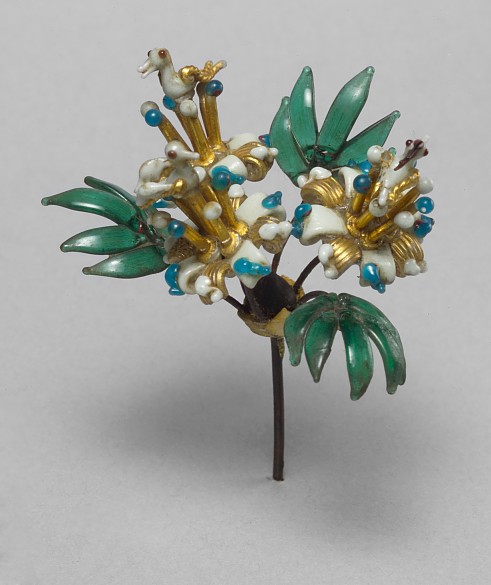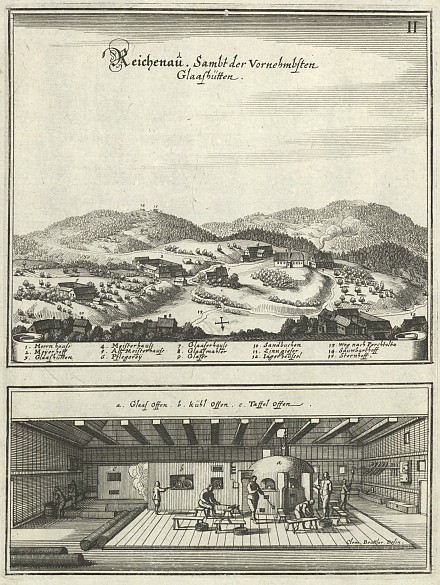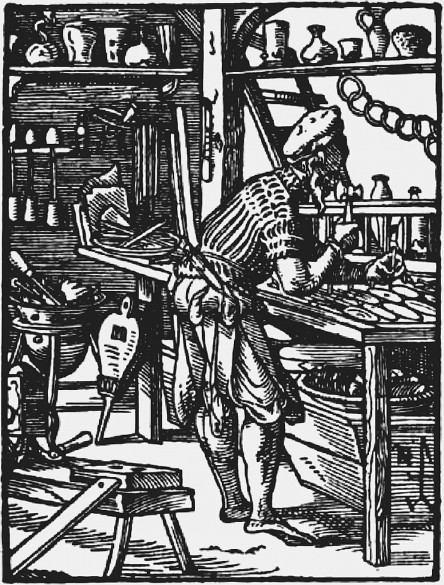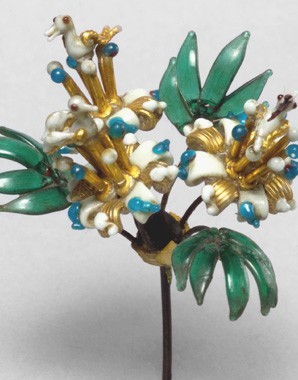Crystal clear – Glass production in the early modern period
Even today the glass manufactured on the island of Murano in Venice still has a very special reputation. In the glassworks of northern Europe it was mainly the so-called ‘forest glass’ that was produced.
Around 1500 two types of glass existed in Europe: the first was the very pure and particularly clear Venetian glass, produced on the island of Murano, which was a coveted luxury article. The glassmakers of Venice were sworn to secrecy and were not allowed to emigrate. In 1570 Archduke Ferdinand II had a Court glassworks established in Innsbruck, in which – despite all the restrictions – Venetian glassmakers were employed, who produced the coveted thin-walled and colourless glass. However, this glassworks was only in operation for some twenty years. North of the Alps it was above all the second type, so-called ‘forest glass’ (Waldglas) – that is to say potash glass that was greenish in colour due to the iron oxide it contained – that was made, although the forms produced were partly the result of Venetian influence. Glass was first produced where sufficient raw materials were available. The basic raw material used was quartz sand, to which various colour dyes were added. A further important prerequisite was an adequate supply of wood to fuel the furnances and produce the ash which was used for melting. It was in the sixteenth century in particular that glassworks made a significant contribution to the income of the manorial estates.
One of the best-known manorial glassworks on Austrian territory was at Reichenau in Lower Austria. In 1618 a total of seven glassmakers were employed there – a master, five journeymen and an apprentice. A further four workers were responsible for the fire and other tasks. While the glassmakers were paid a piece rate, the other employees received fixed weekly wages. They produced both sheet glass – panes of glass from which glaziers made windows – and hollow glass in the form of inkwells, candelabras and drinking-glasses, some of which were decorated and gilded. In one week the glassmakers in the works at Reichenau produced approximately 3,400 pieces of ‘common glass’. Their customers were mostly aristocrats living within about 125 kilometres of the glassworks.
















